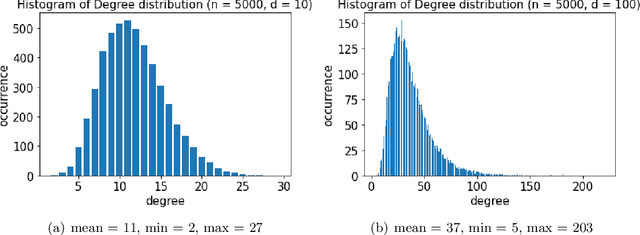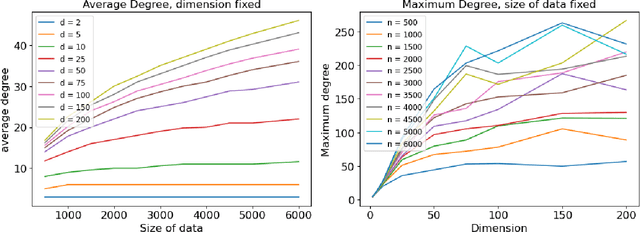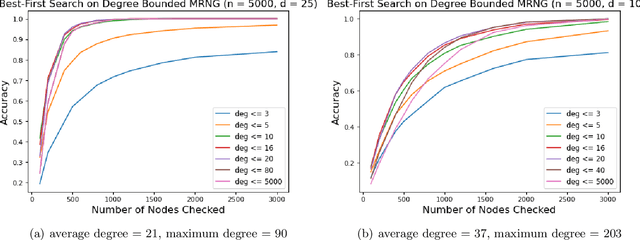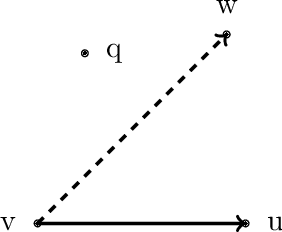Dantong Zhu
Point cloud-based registration and image fusion between cardiac SPECT MPI and CTA
Feb 10, 2024Abstract:A method was proposed for the point cloud-based registration and image fusion between cardiac single photon emission computed tomography (SPECT) myocardial perfusion images (MPI) and cardiac computed tomography angiograms (CTA). Firstly, the left ventricle (LV) epicardial regions (LVERs) in SPECT and CTA images were segmented by using different U-Net neural networks trained to generate the point clouds of the LV epicardial contours (LVECs). Secondly, according to the characteristics of cardiac anatomy, the special points of anterior and posterior interventricular grooves (APIGs) were manually marked in both SPECT and CTA image volumes. Thirdly, we developed an in-house program for coarsely registering the special points of APIGs to ensure a correct cardiac orientation alignment between SPECT and CTA images. Fourthly, we employed ICP, SICP or CPD algorithm to achieve a fine registration for the point clouds (together with the special points of APIGs) of the LV epicardial surfaces (LVERs) in SPECT and CTA images. Finally, the image fusion between SPECT and CTA was realized after the fine registration. The experimental results showed that the cardiac orientation was aligned well and the mean distance error of the optimal registration method (CPD with affine transform) was consistently less than 3 mm. The proposed method could effectively fuse the structures from cardiac CTA and SPECT functional images, and demonstrated a potential in assisting in accurate diagnosis of cardiac diseases by combining complementary advantages of the two imaging modalities.
Understanding and Generalizing Monotonic Proximity Graphs for Approximate Nearest Neighbor Search
Jul 27, 2021



Abstract:Graph-based algorithms have shown great empirical potential for the approximate nearest neighbor (ANN) search problem. Currently, graph-based ANN search algorithms are designed mainly using heuristics, whereas theoretical analysis of such algorithms is quite lacking. In this paper, we study a fundamental model of proximity graphs used in graph-based ANN search, called Monotonic Relative Neighborhood Graph (MRNG), from a theoretical perspective. We use mathematical proofs to explain why proximity graphs that are built based on MRNG tend to have good searching performance. We also run experiments on MRNG and graphs generalizing MRNG to obtain a deeper understanding of the model. Our experiments give guidance on how to approximate and generalize MRNG to build proximity graphs on a large scale. In addition, we discover and study a hidden structure of MRNG called conflicting nodes, and we give theoretical evidence how conflicting nodes could be used to improve ANN search methods that are based on MRNG.
 Add to Chrome
Add to Chrome Add to Firefox
Add to Firefox Add to Edge
Add to Edge